28 Keto Diet Challenge Reviews
All About Macros
Macronutrients, called Macros by keto enthusiasts are the fuel that powers the human body. The major Macros are a Every diet plan works by increasing the consumption of one Macros and reducing another.
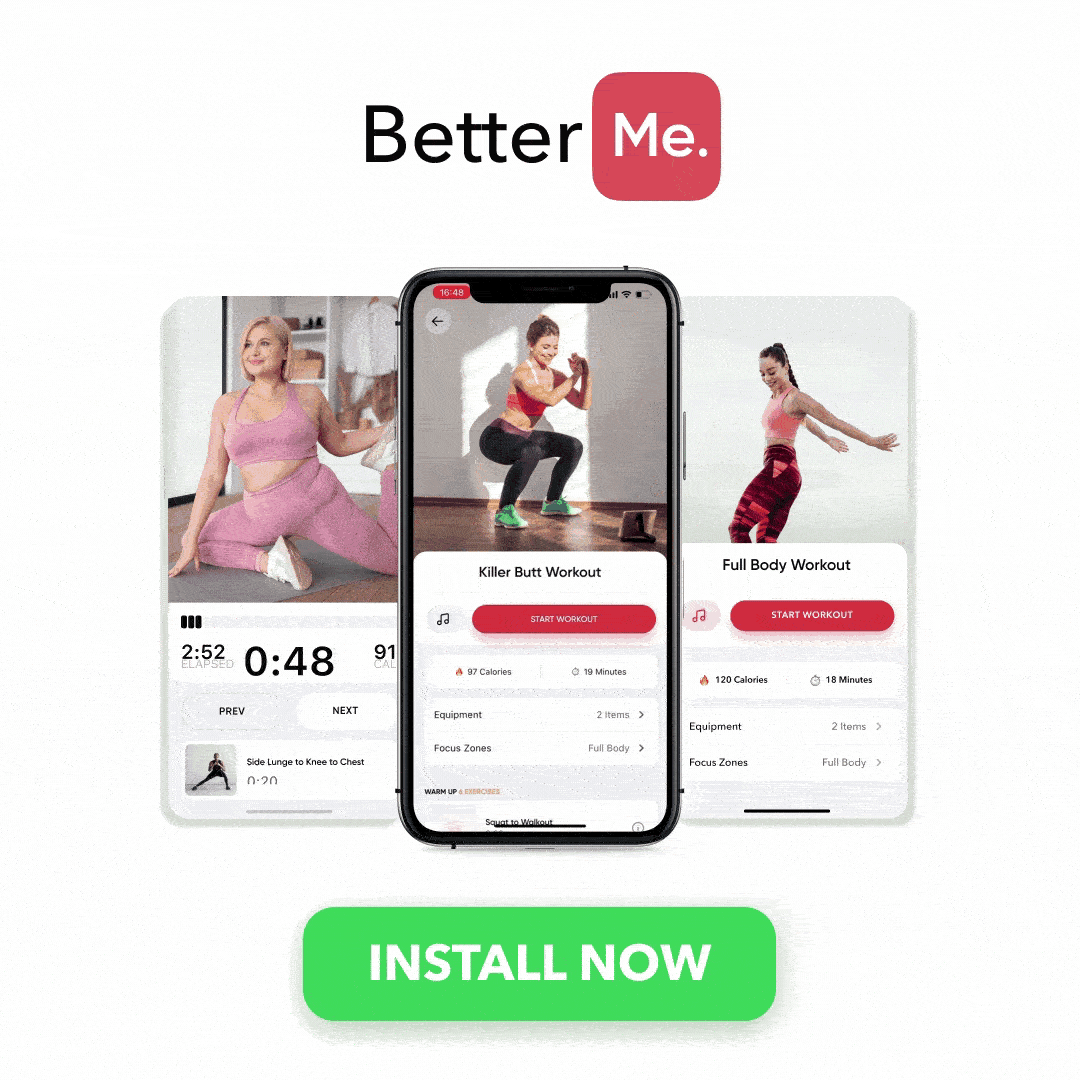
The keto diet increases the use of fat and drops off carbohydrates. These restrictions take away the excess sugar stored away in the body. Hence, fat fuels the body system rather than sugar.
The high-fat, low-carb diet will cause your body system to enter into a process called Ketosis. While in Ketosis, your body burns fat as the primary source of energy rather than glucose from carbs. Keto diet encourages you to eat more healthy fat, a moderate amount of protein and low carbohydrate.
Healthy fat from sources like cheese, avocados, butter and fish should make up 80% of your daily calorie consumption. 15% of the rest calorie should come from protein with the rest from carbs. You can adjust these ratios as you watch your ketosis levels.
Read More: 30 Day Keto Challenge: Will Upping Your Fat Intake Help You Lose Weight?
How Do I Calculate My Macros?
Calculating your macros could be tedious when you do it yourself. But, with the help of the internet, you can calculate your macros. There are tons of Keto Macro calculators on the internet. All you need do is pick one and fill out the information to get a near-accurate result.
Use two calculators for better accuracy. Since you will be entering the same information, you should get similar results.
Hence, you get accurate results and trace discrepancies. It would help if you did this monthly to help keep track of your progress. The next step will be to keep track of your daily macros and calories. For this, you need a calorie counting app. There is a ton of calorie counting app on the internet. Download one and fill out your daily diet. The calorie counting app will give you full-calorie details of your daily diet and keep you in check.

Comparing Total Carbs With Net Carbs
The total amount of carbohydrate in a meal without the fibre is the net carb. Most recipes list carbs under total carbs (including the fibre) while others list the amount of carb. For example, 4g of Avocado contains 1g of carbs and 3g of fibre. Thus, the net carb is the only 1g, making it a perfect treat for the keto diet. Use this formula to calculate your daily total carb intake. From here, you can track your carbs per servings and make the right decision every day.
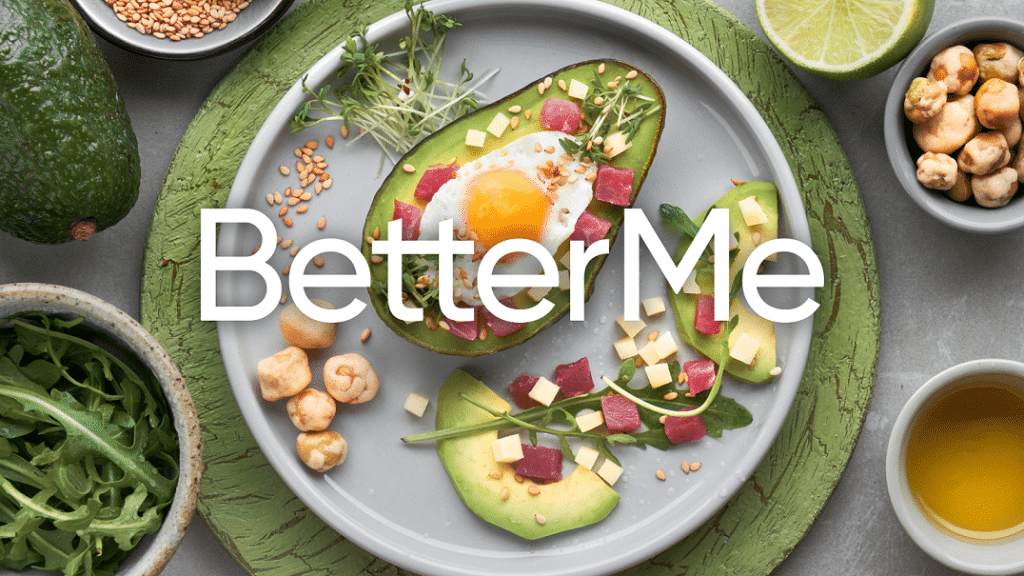
How Do I Cut Down My Diet?
A lot of people have this laughable misconception about the Keto diet. They think the keto diet requires one to cut down on their food and eat less. When you make such a mistake, you do not only go off the goal, but you may harm your body system.
Cutting down on food puts your body system into starvation; this will lead to a complete breakdown of your body system. You need to meet your daily amount of calories using the right ratio. Do so even when you don't feel like eating for best results. Rather than stay hungry or give in to the urge to cheat, stock your pantry with plenty of fatty food and snack on them. It would be best if you had enough fat to provide your body fuel when it enters Ketosis. Eat plenty of fatty foods to keep you going.
Why Fat Is Good For You
You may have this conception about how fat is bad for you when you follow the traditional diet plan. But, the standard ketogenic diet encourages you to feed on healthy fat and oils to keep you in good shape. Rather than indulge in processed food like chips, chocolate bars and ice cream, you can enjoy buttered coffee, healthy oils and fat bombs.
How Much Protein Do I Need?
Although the standard Keto diet places more focus on low carb and high fat, you need the right amount of protein to achieve your goals. Too much process will delay or put you out of Ketosis as your body will convert these proteins to glucose. When your body lacks protein, it will feed on your muscles due to starvation. Thus, you need the right amount of protein to balance things up.
Avoiding Food With Hidden Carbohydrates
As you kick-start your keto journey, there are lots of food you may have to avoid.
One such food is stuffs that add hidden carbs to your diet. Some of these foods
are your regular meals that are either fat or protein-based.
A good example is Ketchup. A tablespoon of Ketchup has about 5g of hidden carbs in it. Other foods like mayonnaise and mustard have hidden carbs in them. Watch out for over-the-counter drugs as some of them also have hidden carbs. Drugs like Dayquil have about 10g of carbs per tablespoon.
Fruits are a great source of nutrients but have plenty of carbs due to the amount of natural sugar present in them. Select the fruits you eat to avoid exceeding your daily carb limit.
Nuts are also a great source of protein and vitamins. But, if you have to eat them, do not exceed your daily calorie intake. Do not eat nuts like peanuts, pistachios, chestnuts and cashews as they have high hidden carb content.
Food sides like honey, salad dressings, molasses and Splenda all have a high sugar content that could lead to insulin spikes. Replace these sidings with spices, vinegar, oil and pure sucralose.
Drug makers add sugar to most pills to make them easy-to-swallow. Hence, when you take these types of medications, you may want to check for their sugar content.
While on the standard keto diet, you must avoid small chops like protein bars, candies, milk and even milk substitute. If you must have this food, check the label for the carb content, so you don't exceed your daily carb limit.
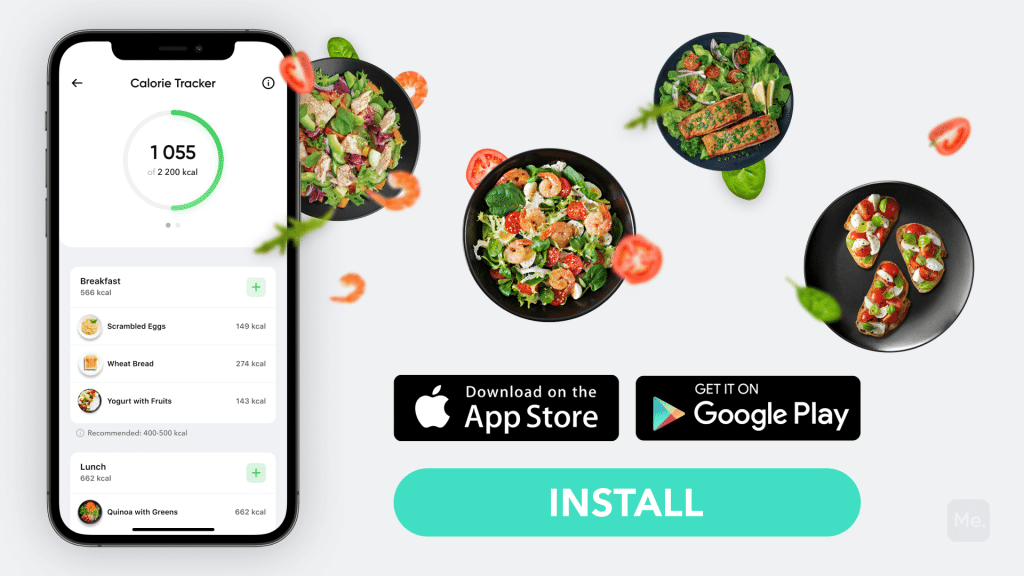
With all the foods you need to avoid, it may be challenging figuring out the right food to eat. Yet, with the help of the internet, you can find out the nutritional information of food. This will help guide you through the process of picking your meals. For example, if you want to look up the nutritional value of Avocado, all you need do is Google the word "Nutritional Information Avocado."
Google will bring up all the nutritional information on Avocado to help you make the right decision. You will figure out the number of Macros present in one ounce of Avocado.
Now you can determine the quantity of Avocado you need to meet your daily calorie goals. Do this forall food and future references, and you can document this information.
The information above will help you draw up a concrete keto diet plan. You can now use a calorie tracking up to calculate your macros. Now you know how to figure out the nutritional value of every food, you can make the right diet choice and achieve your keto goals.
Remember, you are not alone in this journey. There are keto communities ready to assist you with any question you may have. Good Luck!
The Keto Diet: Understanding The Basics
The Keto diet is so popular that it difficult to get the right information on the internet. So many sites offer helpful tips and tricks without a detailed explanation of what you should expect from the diet. It's easy to lose interest and end up in a circle.
You don't have to worry about leafing through plenty of irrelevant pages as we bring you detailed information on the basics of the Keto diet. In this informative piece, you will learn about ketosis, how to put your body into ketosis and maintain the process for the best results.
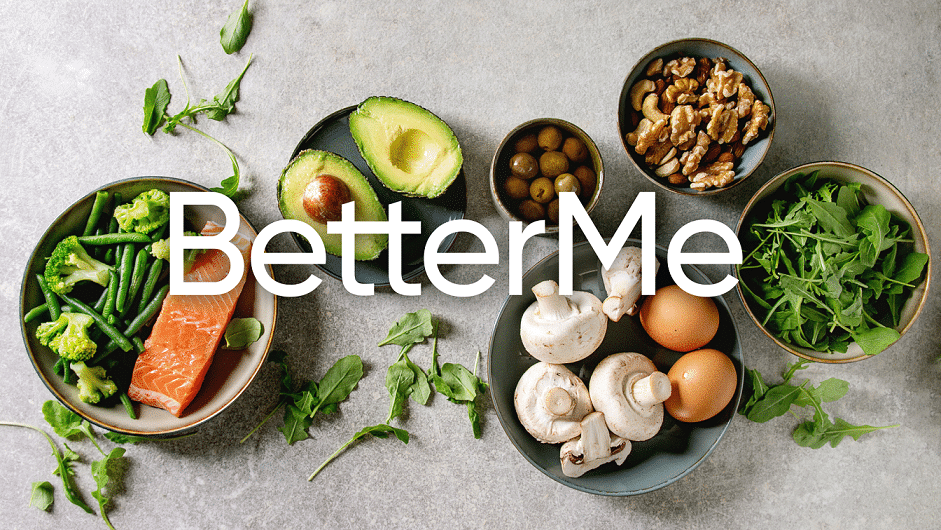
Contained in this guide is a step-by-step process on how to put your body system into ketosis. Check out what to look out for, the food you need, and how to place your expectations. The keto diet is not a smooth process. First, your body will struggle for the first few days to get used to the new diet. You will go through carbohydrate deprivation and even suffer the infamous Keto Flu. The truth is, these struggles will push you to the point of wanting to quit. If you stop, you will fall into the vicious circle of those always to get it right with Keto diet but always fails. But, we are here to prepare you for the journey ahead.
The Keto diet is flexible enough to allow you to personalize the diet plan to suit your lifestyle and goals. There are several diet plans, but this piece focuses on the Standard Keto Diet Plan (SKD). The Standard diet plan is the basic diet plan for keto beginners. You will learn the ropes with this plan and move ahead to other complicated diet plans.
Let's get started!
A Brief History Of The Keto Diet
The Keto Diet plan originated from the Mayo Clinic in 1924. The founder, Dr Russell Wilder, used the diet plan to treat patients who suffered from seizures. Research experts discovered that the Highfat and low-carb diet system produced ketones in the body.
When compared to the number of ketones produced by fasting patients, patients on the HFLC diet produced more ketones despite eating to their satisfaction. This discovery led to the development of the Keto diet.
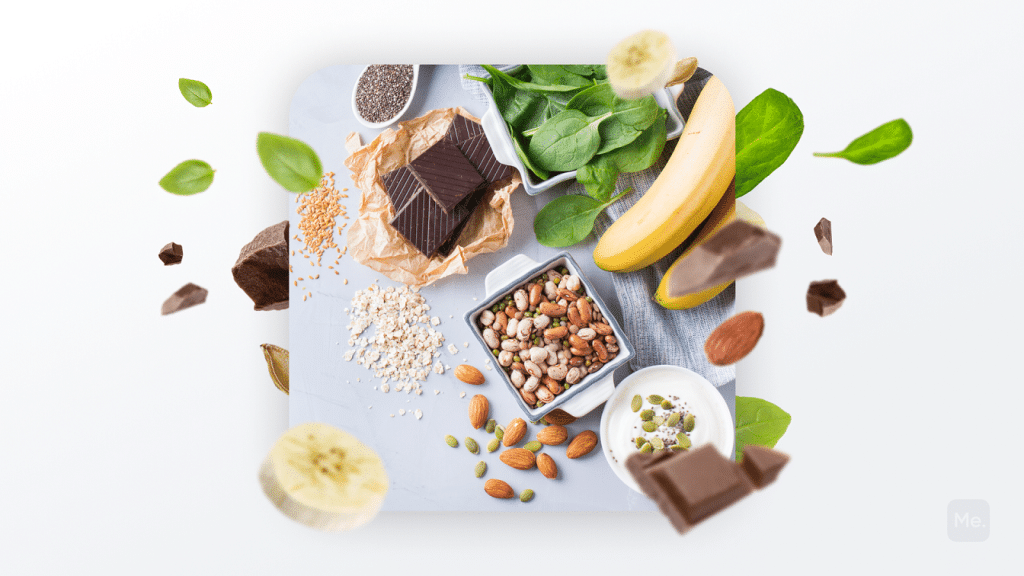
Understanding The Basics
The body operates on two primary sources of energy: fat and glucose. When you have excess carbohydrate in your body system, your body system converts them to glucose. The glucose is either stored on the body as fat or burned up as fuel. What the keto diet does is take off the carbohydrate from your diet and replace them with a large amount of fat. Thus, your body exhausts its glucose storage and turns to another source of energy.
Your body begins to produce ketones as an alternative source of energy. This process puts your body into ketosis. Ketosis means the process where your body generates its energy from your fat onsumption. Ketosis escalates the rate which your body burns fat in a quest for energy. The body prefers this source of energy, and it improves your cognitive functions.
Whether you're a workout beast or just a beginner making your first foray into the world of fitness and dieting – BetterMe has a lot to offer to both newbies and experts! Install the app and experience the versatility first-hand!

Who Can Start The Keto Diet?
One of the essential qualities of those who succeed with the Keto Diet is self-discipline. You must always keep your eyes on the goal and let go of cravings that would cause you to cheat. You have to stick to foods with high-fat content. You need to take the right decision towards eating healthy and losing that excess weight.
Who Should Avoid The Keto Diet?
Despite its amazing benefits, the Keto diet is not for everybody. You may have to consult a medical professional before you kick-start the standard keto plan. But, the following set of individuals should stay away from the keto diet:
People With Serious Health Condition
If you have a health condition, seek the counsel of your doctor before starting the keto diet. Patients using the following drugs should stay away for the keto diet: Glinides (Repaglinide, Nateglinide); Insulin; Sulphonylureas (Glipizide, Glibenclamide, Tolbutamide, Glimepiride, Gliclazide).
Pregnant Women
Pregnant women and expectant mothers should not engage in the keto diet for obvious reasons. Maternal ketosis causes several health issues that could affect the fetus. Your baby could suffer Issues like neural tube defects and improper brain development. Doctors do not recommend the keto diet for pregnant women as the process could harm the fetus.
Lactating Mothers
Although there is no real effect of ketosis on lactating mothers, doctors tell them to stay away from the diet.
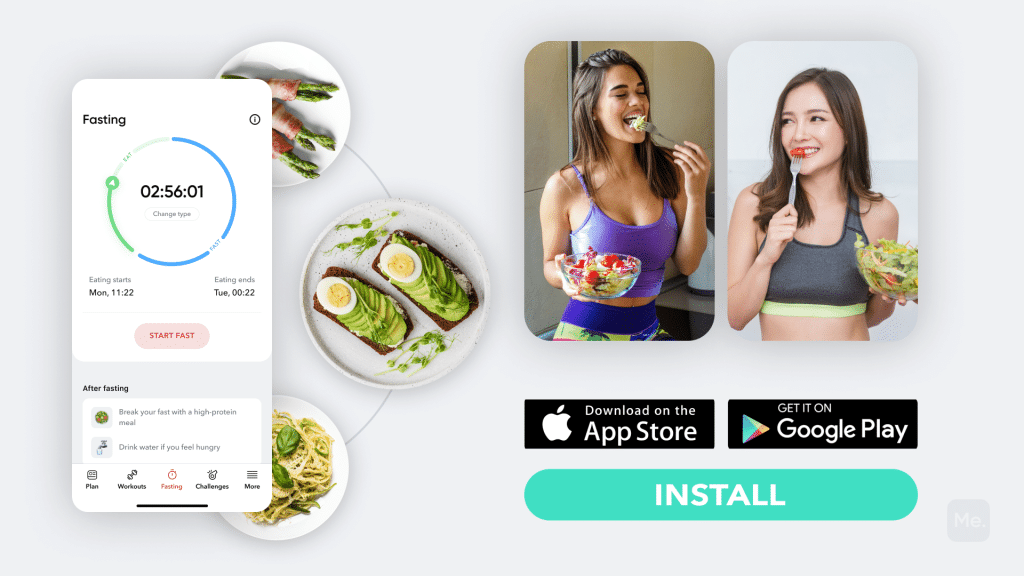
How Does It Help Me Achieve My Health Goals?
There are three significant macronutrients for every kind of diet: protein, fat and carbohydrates. Every weight loss diet cuts off one of the three nutrients to help the body either lose weight, improve the flow of blood, build strong muscles or achieve the goals for the diet plan. Keto diet drops your consumption of carbohydrates and raises your fat use. The process of dropping your carbohydrate intake will put your body system to ketosis (check out the detailed "Ketosis Guide" for better clarification). For your body to get into the state of ketosis, you need to have a daily macro intake and watch your calorie consumption. You can take regular blood, breath and urine tests to find out if your body is in ketosis.
Setting My Keto Diet Goals
Before you kick-start the standard keto plan, you must have a laid down goals you hope to achieve. Although there are so many benefits of the keto diet, having a laid-out goal will help personalize your experience.
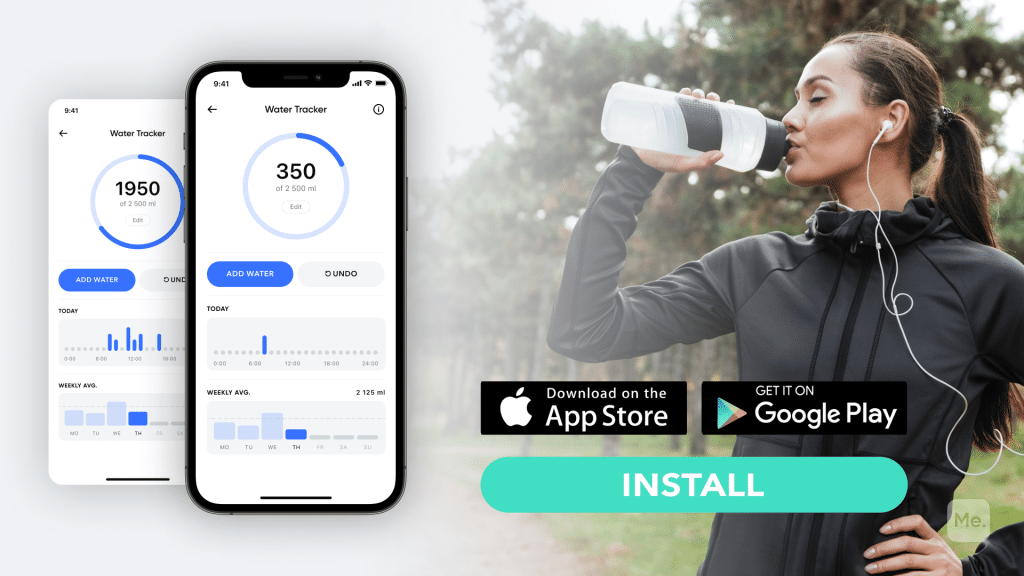
Keto Groccery Shopping
Switching from your regular diet to the standard keto diet is no small feat. Aside from the vigorous resistance, your body will put on. You will have to overhaul your pantry. Thus, you have to shop for your new diet plans. It's important to note that your first few trips to the grocery store will be expensive. Most of the fats and oils you need are pricy. But, they last longer than conventional food. You wouldn't feel the impact of the costs going forward.
With the standard keto diet, you have to plan your meals ahead of time. This will help you stay away from junks and manage hunger pangs. Check out the reliable "making your meal plan" for quick tips on how to plan your meal. Having a meal plan saves you a great deal when you shop. Shopping for keto groceries can be very tedious. Hence, you need to know what you want before you go shopping. Check out the "shopping list" to help you plan. You can also follow the keto food pyramid to help you set out your fats, proteins and carbs. The standard keto diet has 80% fat, 5% Carbs and 15% protein.
Understanding Your Results
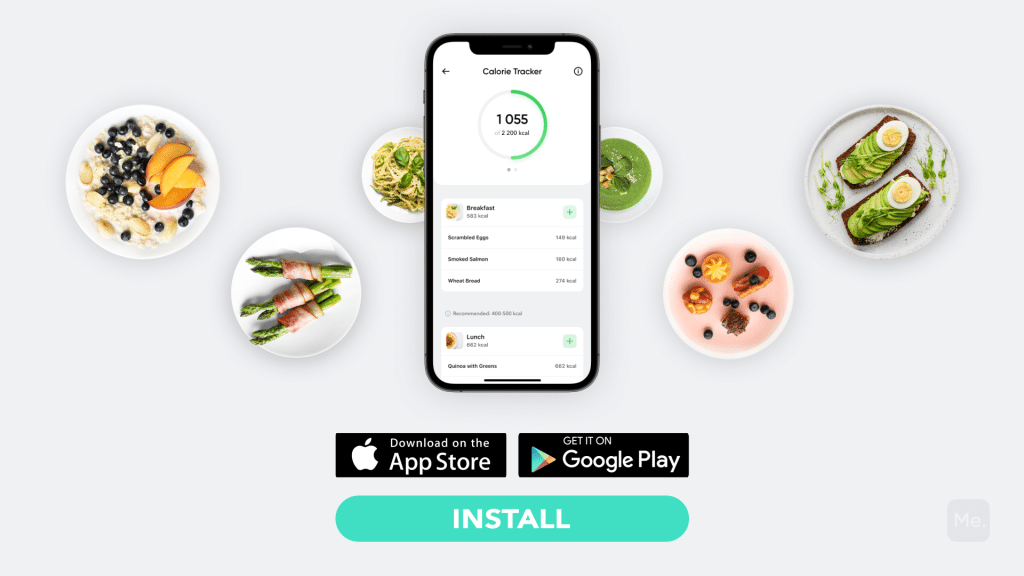
Three crucial factors influence your KVA results; your metabolic rate, muscle mass and your fat mass. You can get your muscle mass using your shoulder measurement and get your waist size for your fat mass. Some of the vital calorie checks are:
The Target Calorie
Your target calorie should stay low if your goal is weight loss. Your target calories will go up as your body burns all the fat and would need more to stay afloat.
The Maintenance Calories
Use your maintenance calorie to make adjustments to your calorie load if your goal is to increase in mental performance and cognitive functions. If your goal is weight loss, your maintenance calorie is the point you would hit when you get your desired body.
Your Target Waist Size
Your target waist size should be the waist size you wish to have after your transformation. You may choose to adjust this size depending on your body goals.
Ideal Protein Intake
Your ideal protein intake is the amount of protein you must take to get your desired results. When you go low, you disrupt the recovery process. When you go too high, you put your body out of etosis.
Water-Weight Ratio
You should watch your water-weight rate to get the desired results. Factors like your carb intake, level of hydration and menstruation could change this ratio.
Summary
The following basics will put you on the right path towards achieving your goals using the standard keto diet. For a better knowledge on the process and expectations, make further efforts to read up other helpful guides on the keto diet. These guides will broaden your perspective on a diet and help you make the right choice towards leading a healthy lifestyle.
What Is Ketosis?
Are you wondering why the word "Ketosis" is vital in the keto diet program? Your body needs to enter into a metabolic process referred to as Ketosis. This process leads to the production of ketones by the liver. The ketones come from fats stored in the muscles and will turn to fuel for the body. Your body can only get into Ketosis when it runs short of carbohydrates. Carbohydrates are the regular energy source, and when this source runs out, the body depends on fats stored out in the muscles.
Putting Your Body System Into Ketosis
Your body will get into Ketosis when it runs out of glucose and needs to depend on fatbased fuel as a source of energy. But, you can induce the process by cutting down on your carbohydrate intake. If you eat more carbohydrate, it takes more time to put your body in Ketosis. Other factors that could affect the rate which your body gets into Ketosis are your lifestyle, dietary plans and your health goals.
Your body can only enter Ketosis when you completely exhaust your sugar and carb storage. You have to allow your body to deplete these sugar sources. The fastest way to achieve this is by decreasing your carb intake. This will cause your body to turn to the fat stored in your muscles as an alternative source of energy.
Once your body system gets into Ketosis, you will begin to feel stronger even when you eat little carbohydrate. Using the SKD ratio of 20-30g of carbs every day, you will get into Ketosis within 5-7 days. Once your body becomes "keto-adopted", it depends on fat-based fuel as the primary source of energy
Tips On How To Get Into Ketosis
To put your body into Ketosis, follow these simple steps:
- Cut Down On Your CarbohydrateConsumption
The first step to putting your body into Ketosis is to reduce your carbohydrate intake. To hasten the process, you should consume about 20-30g of carbs per day. But, the quantity is subject to change depending on your goals. - Increase Your Physical Activity
Working out is one way of burning out glucose storage. When you work out, you force your body to look for an alternative source of energy. Thus, your liver produces more ketones, and your body adjusts to the new source of fuel. - Use More Coconut Oil in Your Meals
The Medium-chain triglycerides fat in coconut oil aids the liver to produce more ketones. The body absorbs these fats and converts them to ketones. Hence, coconut oil helps to Tips on How to Get
Into Ketosis boost your ketones levels, putting your body system in Ketosis. - Eat More Healthy Fat
To put your body into Ketosis, your daily fat consumption should be 80% of your total calorie intake. Thus, you need to eat more healthy fat from chicken broth, olive oil, ground beef, butter and coconut oil. - Embrace Intermediate Fasting
When you combine healthy fats with intermediate fasting, your body produces more ketones. Thus, you can get into Ketosis as your body works to provide more fuel. - Don't Cut Off Your Protein Intake
A lot of people make the mistake of cutting down on their protein consumption. This will not only complicate the keto process but harm your body.Your body needs a moderate amount of protein consumption to produce amino acids. But, too much protein may affect the operation of ketones production.
If you struggle to even flirt with the idea of giving up your favorite foods or working out till your legs give way – BetterMe app is here to breathe a fresh perspective into the way you view the weight loss process! Check out the app and experience the fun side of fitness and dieting with BetterMe!
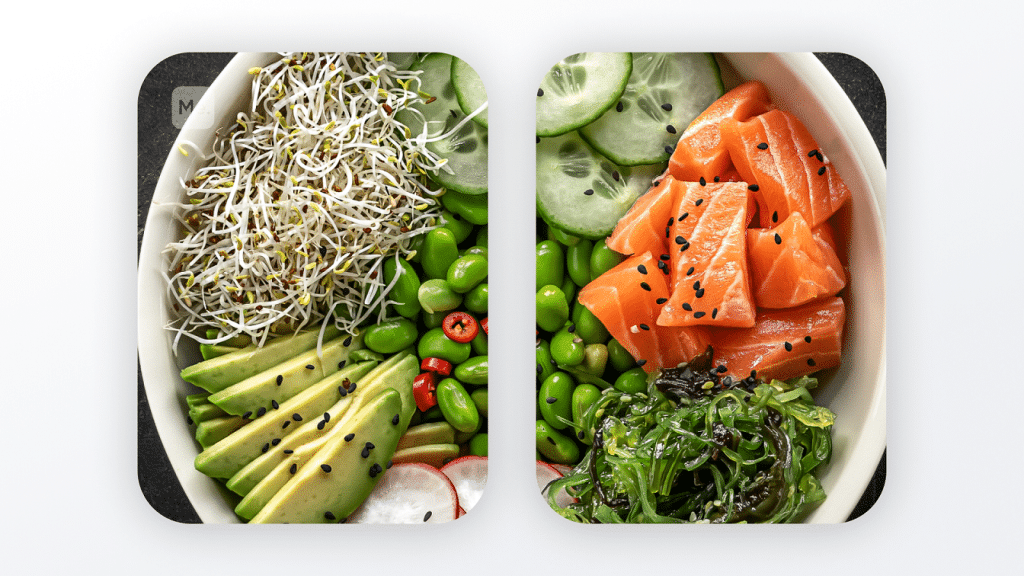
Getting Your Body Into Ketosis Within Three Days
It sounds too good to be true right? It's possible but would take a lot of self-discipline and determination. To get your body into Ketosis within three days, you must drop your daily intake to less than 20g. You also need to engage in physical activities to increase the rate which your body burns glucose.
To get your body into Ketosis within a very short time, you need to eat more healthy fat. Here, you don't have to worry about the number of calories you consume. Eat healthier fat, little carb and the right amount of protein to increase the amount of fat in your liver. Thus, your body will have no option but to switch to its fat-burning process.
The challenges you would face will be as a result of strong reaction from your body. You would feel severe hunger pangs and suffer the Keto flu. But, if you can get through and put your body into Ketosis, you can adjust your calorie intake and work towards your weight loss goals.
How Do You Tell Your Body Is In Ketosis?
The easiest way to tell that your body is in Ketosis is the change in your physical and mental state. You can further confirm by taking a test. But, you will notice the following changes when your body enters Ketosis:
- Sharpened Cognitive Function
When your body gets into Ketosis, your brain cells improves, hence become mentally sharper. The brain cells function better when fueled by Ketosis. - Foul Breath
Another sign that shows your body system is in Ketosis is your breath. Your breath will become rancid. The increase of ketones in your system will cause your breath to stink. Acetone is the ketones responsible for this foul smell. - Reduced Appetite
When your body enters into Ketosis, you will experience a lesser urge to eat. The brain gets the message and suppresses the urge and cravings for food. - Increased Urge to Drink Water
As you get rid of the glucose storage, your body also loses its water storage. Hence, you will notice an increased urge to drink more water. - An Initial Drop in Energy Levels Followed By a Sharp Increase
You will feel weak as your body depletes its glucose. Your body loses water too and will cause you to drop in your physical performance. Once your body adapts to the new fuel source, you will notice a sudden spike in your energy levels. - Weight Loss
Another visible sign of Ketosis is weight loss. Once your body gets into Ketosis, you will lose weight from the drop in your fluid levels. Your body also starts burning up the fats stored in them, hence the weight loss.
The following signs show your journey towards weight loss through a keto diet is kicking out. But, to confirm you are actually in Ketosis, you should take a test.
How Do You Test For Ketosis?
The only way to confirm you are in Ketosis is to take a test. The following are the three primary ways to test your body system for Ketosis:
Urine Test
You can take quick urine tests using ketones test strips. All you need do is pee on the strip and wait for the results. If there are ketones on your urine, the strip will pick it up. The indicator may show the intensity of the ketones, depending on the brand of the strip you are using. Urine strips are great if you wish to find out your progress at the initial stage of your keto diet. But, it's not a reliable way to test for your level of ketones in the long run.You can buy ketones strips online or on any local store that sells diabetic supplies.
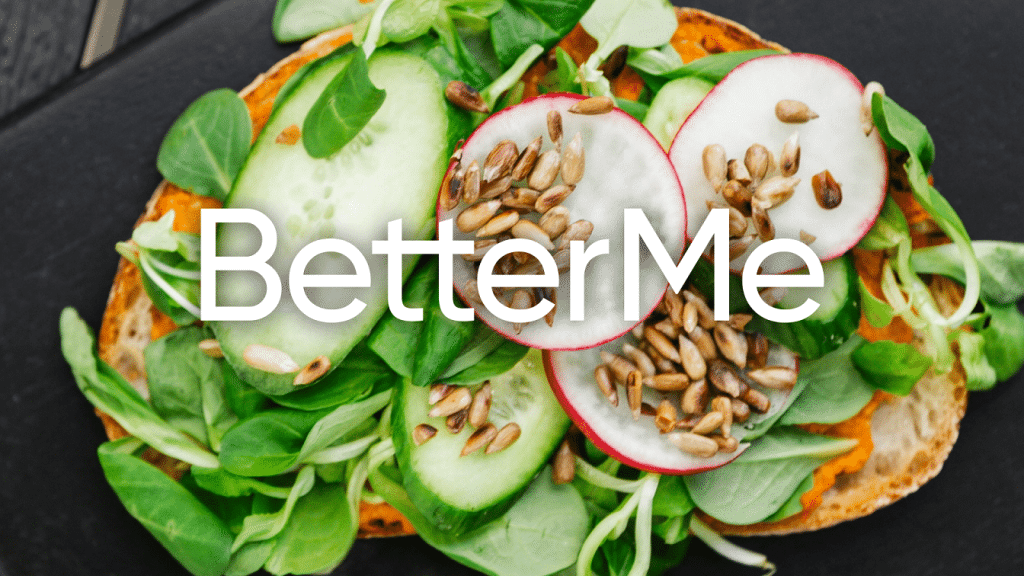
Blood Test
Another way to test for Ketosis is the ketones meter blood test. The process is simple, and you can get the kits online or in your local drug store. The process is identical to how diabetic atients check for blood sugar. All you need do is pick your thumb, drop your blood on the strip, and the machine will check for the level of Betahydroxybutyrate in your blood. This process is expensive, especially when you have to test yourself many times in a day. If you don't like pricking yourself, you may also find it difficult.
Breath Test
If you don't like needles and looking for a long-term and accurate ketosis testing method, invest in a breath meter. A breath meter may be expensive at first, but you will save on the number of times you can use the meter. All you need do is plug it to a power source and breathe into it. The meter gives you different readings of the acetone levels in your breath. Read the product description of the meter you buy for steps on how to get your results.
Do I Need To Worry About My Ketone Levels?
The most crucial purpose of carrying out a ketone test is to find out if your body is in Ketosis. You can only worry about your ketone levels if you have medical directives from a doctor. Focus on your weight loss goals rather than your ketone level. Your ketone level will change, so you don't have to worry about the numbers.
How Do I Stay In Ketosis?
The goal of the keto diet is to keep your body in Ketosis. When your body system is in Ketosis, you burn stored up fat and lose weight. Thus, if you continue to your daily intake of calories in the right proportion, your body will remain in Ketosis.
When Is The Right Time To Make Adjustments?
It's advised you stay with the standard ketogenic diet plan for at least one year before you think of cycling out of the diet. This will give you ample time to work on your cravings. After one year, you can cycle in and out of Ketosis.
Do I Need To Cycle Out Of Ketosis?
You may need to cycle out of Ketosis after a while to help restore your body to its natural fuel cycle. Cycling out of Ketosis will wake up your body and help you recover after the long process of Ketosis.
How To Cycle Out Of Ketosis?
To cycle out of Ketosis, you need to reverse your eating patterns. Choose a day and take more of carbohydrate. These carbs would go into replenishing your muscles rather than storing up as fat. To get back to Ketosis, you need to resume your regular keto diet routine.
The following information will help you understand the metabolic process behind Ketosis. Armed with the right information, you can make better-informed decisions about your diet. Hence, you can achieve your weight loss goals.
Keto Flu
Beating It in a Healthy Way

Are you wondering why you have the Keto-Flu after a few weeks into the keto diet? The sweet good days are almost over, and now you need to learn in details about ketosis. It is normal to experience Induction Flu known as the Keto-Flu in the first week of the Keto Diet.
Symptoms Of The Induction Flu
- Tiredness
- Cramps/ Muscle pulls
- Mild to severe headaches
- Loss of concentration
- Abnormal cravings
- Cognitive malfunctions
- Increased heartbeats
- Constipation

Why Keto Flu Occur In The First Week Of The Keto Diet?
Drop In Carbohydrate Consumption
Before we proceed to ways of managing keto flu, you should understand the processes of body metabolism that leads to these symptoms. There are two factors responsible for keto flu:
1. The drop in your body's carbohydrate volume
2. The changes in your body's electrolytes level, due to the new diet
The human body is sensitive to diet changes. It will immediately react to the drop in carbohydrate. This is because the body is already programmed to live off the fuel from your carbohydrate onsumption. It doesn't wish to make new changes to this plan.
Hence, your body will use up the entire carbohydrate in your system and fight for more. This leads to sugar cravings and the urge to eat more. Resisting this urge will lead to complete etoxification, and when your body wins, you fall back to stage one.
Drop In Your Body's Electrolyte Level
The body's insulin production helps with the movement of glucose and other vital functions. A drop in the body's glucose level will lead to a reduction in the production of insulin. Also, the decline in the body's insulin level will lead to usage of the body's stored up water and Sodium. These, in turn, will affect the body's level of magnesium and calcium.
The drop in the body's four essential electrolytes (magnesium, Sodium, calcium and potassium) will lead to several adverse effects experienced as keto flu. The sudden drop in the body's level of carbohydrate and electrolyte will lead to an imbalance that would cause you to feel sick. But, keto flu hits you once until your body can adjust to the changes in dieting.
Hence, you don't have to worry about regular nor yearly occurrence when you get through the initial flu. In this informative piece, we will take you through ways to manage and get through keto flu. Let's get started.
Magnesium

Electrolytes serve critical purposes in the body. They are responsible for several functions like regulating blood pressure, moving around electrical impulses and keeping you hydrated. , most people do not consume enough magnesium.
The conventional methods of processing water and food cut the magnesium in the raw materials. Hence, we only ingest a minute quantity that doesn't meet up to the daily need. The regular consumption of magnesium in the United States averages around 250mg. While the recommended everyday use for men is 420mg and for women are 320mg.
Magnesium deficiency can speed up the development of Keto flu as they share common symptoms. To avoid suffering severe keto flu after a few weeks of diet change, you must increase your magnesium consumption to meet the daily need.
You can increase your magnesium consumption by eating more seeds and nuts. Foods like shellfish, artichokes, and fatty fish are rich in magnesium. Dark chocolate and cocoa powder both has high concentration of magnesium too.
Another way of increasing your magnesium levels is by getting magnesium supplements. Magnesium supplements will help you manage Keto flu by boosting your electrolytes level. When you get the right supplement, you will enjoy excellent benefits like a drop in stress levels. Magnesium helps manage the stress associated with changes in diet, hence Keto flu.
Calcium
The transition from your traditional diet to the keto diet will cause your body to lose a lot of calcium. Thus, you must maintain and increase your calcium consumption to enjoy the calming effect of the electrolyte.
While a healthy diet will keep your calcium levels up, you may have to increase your use to help your manage keto flu. Food such as dairy, salmon, kale, sardines, broccoli and bok choy are a rich source of calcium. Almond milk free from flavors and sweeteners is also a good source of calcium. The daily calcium intake for every healthy adult is 1000mg, but adults over the age of 50 need 1200mg of calcium every day.

Sodium
To maintain a healthy balance in your insulin levels, you need to increase your sodium intake when transitioning to the keto diet. You need 3000-5000mg of Sodium every day to stay healthy.
Adding salt to your meals, eating meals like shellfish and bone broth will increase your sodium levels. But, excessive sodium consumption harms your body. Seek professional advice from a medical expert and take a regular blood test to check your sodium levels.
Potassium
Potassium and Sodium have a close relationship in the body system. Your potassium levels will drop once your body depletes its sodium storage. Thus, when you consume more potassium, you raise your
sodium levels.
A drop in your potassium levels will lead to several symptoms such as muscle cramps, heart palpitations, depression, constipation and irritability. You need about 4000-5000mg of potassium every day.
Foods like mushrooms, avocado, salmon, leafy greens and nuts have high potassium content. You can also take potassium salt with a glass of water every morning as an alternative to boost your potassium levels.
Read More: What Is Dirty Keto Diet: Demystifying The What's, Why's And How's
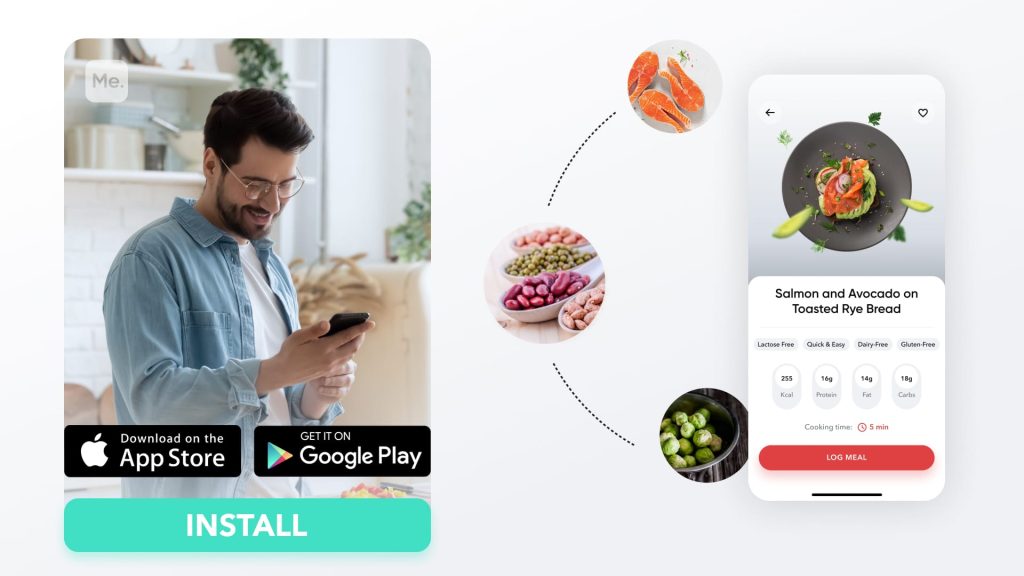
How Do You Manage The Transition Into The Keto Diet?
Stay Hydrated
The human body gets rid of stored water. Thus, you have always to stay hydrated even when it seems you are taking too much water. The daily recommended quantity of water is 9 cups for women and 13 for men. Research experts at Mayo Clinic recommend 2.7 liters of water for women and 3.7 liters of water for men.
These recommendations are for people living in a cool, temperate environment. Thus, people in tropical climate need more water. Taking the right amount of water helps manage the effects of keto flu. It also helps you lose weight as there is a direct connection between dehydration and obesity from recent research.
Take The Right Supplements
To provide your body with the right amount of vitamins and minerals it needs to keep you running, you may have to resort to taking supplements. But, you should note that most supplement manufacturers make bogus claims on their products. These supplements go through less stringent regulations, so it's easy to put up these claims.
Thus, before you get a supplement, it's advised to carry out thorough research on the manufacturer and only buys supplements from registered health stores.
Helpful Tips For Managing Keto Flu
- Drink enough water every day! Always take the recommended quantity of water (12-15 cups for men, 8-12 cups for women). Your body will increase its rate of removing stored water, and you have to beat that to stay healthy.
- Take more magnesium supplements every day. You need about 420mg (for men) or 320mg (for women) of magnesium every day. With a healthy level of magnesium in your body, you cut the chances of suffering fatigue, muscle cramps and dizziness. You will also enjoy the calming benefits of magnesium.
- Keep your calcium levels up! A change in your regular diet may need you to take calcium supplements. An adult needs 1000mg of calcium every day, and if you are past the age of 50, you need 1200mg of calcium daily.
- Take the right quantity of salt daily. When transitioning into the Keto diet, you need about 3000-5000mg of salt daily. Increasing your daily salt intake gets rid of Keto Flu symptoms like heart palpitations, fatigue, headaches and constipation.
- Regulate your daily potassium consumption. An adult needs about 4000-5000 mg of potassium daily. You may not be able to get that from your daily meals. Thus, you need supplements like potassium salt to boost your intake. The right potassium level while help you manage Keto Flu symptoms like depression, muscle cramps, muscle weakness and skin problems.
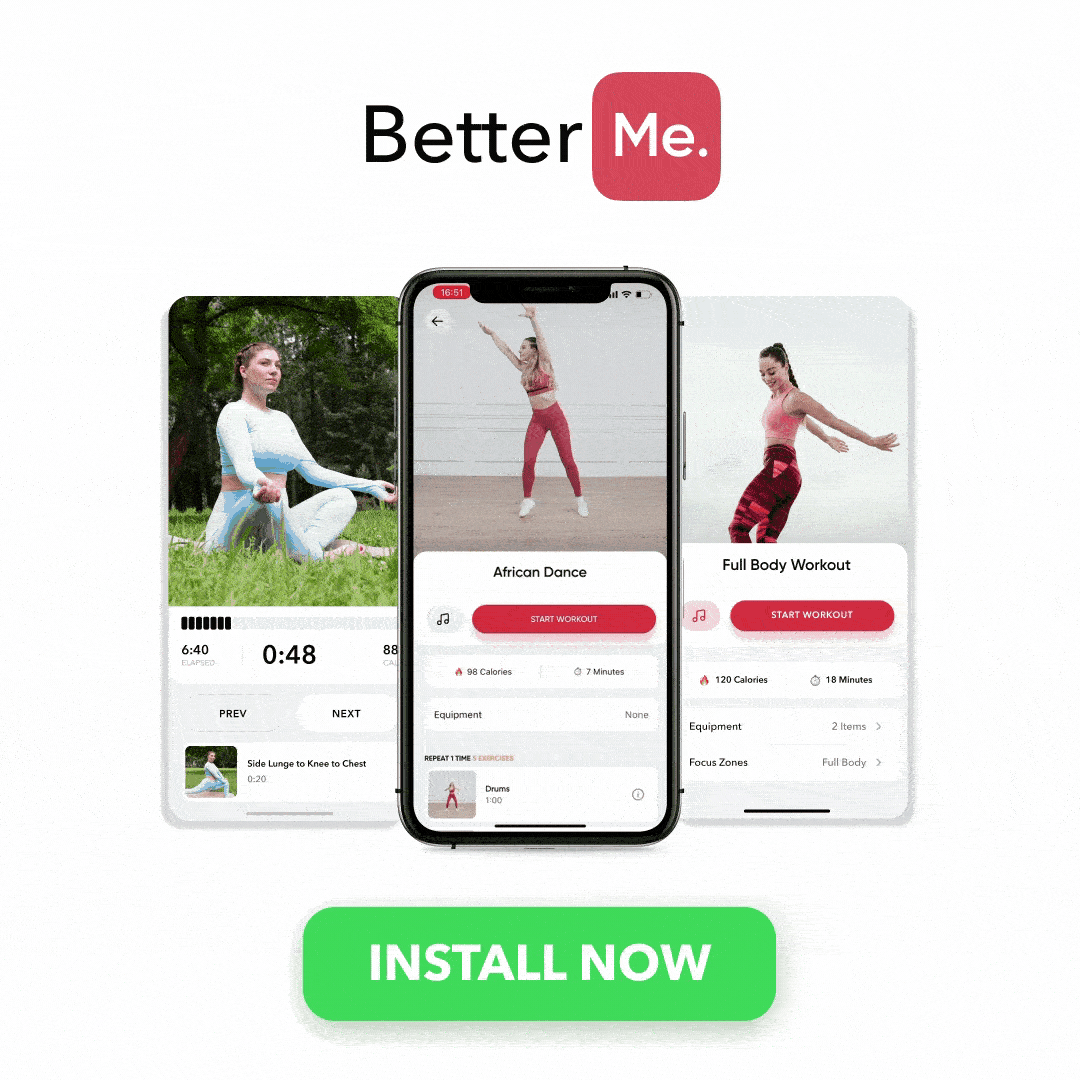
DISCLAIMER:
This article is intended for general informational purposes only and does not address individual circumstances. It is not a substitute for professional advice or help and should not be relied on to make decisions of any kind. Any action you take upon the information presented in this article is strictly at your own risk and responsibility!
SOURCES:
- Neuroprotective and disease-modifying effects of the ketogenic diet (2006, ncbi.nlm.nih.gov)
- Nutritional Ketosis for Weight Management and Reversal of Metabolic Syndrome (2018, ncbi.nlm.nih.gov)
- The calorically restricted ketogenic diet, an effective alternative therapy for malignant brain cancer (2007, ncbi.nlm.nih.gov)
- The effect of a low-carbohydrate, ketogenic diet versus a low-glycemic index diet on glycemic control in type 2 diabetes mellitus (2008, ncbi.nlm.nih.gov)
- The ketogenic diet: a 3- to 6-year follow-up of 150 children enrolled prospectively (2001, ncbi.nlm.nih.gov)
- The ketogenic diet: one decade later (2007, ncbi.nlm.nih.gov)
28 Keto Diet Challenge Reviews
Source: https://betterme.world/articles/keto-diet/